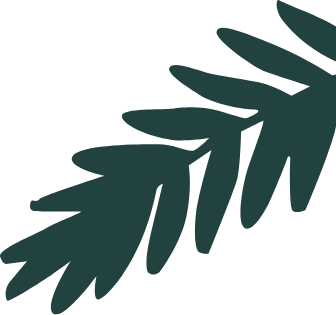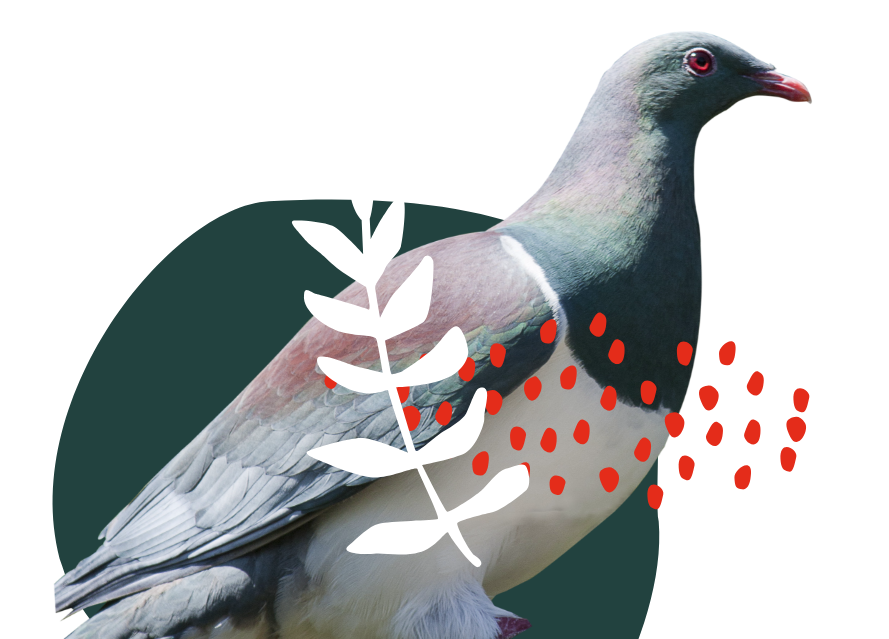A recent community survey shows overwhelming support from both residents and visitors to increase predator control and support the return of more native species to the Parihaka Reserve.
Tiakina Whangārei – a community-led project encouraging urban predator control to support New Zealand’s goal of becoming predator free by 2050 – recently undertook community engagement to better understand the connection between the people of Whangārei and the Parihaka Reserve, the iconic landmark that is clearly identified within our city’s landscape.
The survey measured people’s understanding of how introduced mammalian species (e.g. rats, possums and stoats) can negatively impact native wildlife, as well as exploring their connection to the reserve, their concern around the loss of native biodiversity and their willingness to participate in conservation activities.
Tiakina Whangārei Coordinator, Dr Dai Morgan, says the survey results provided valuable data that will now inform not only future pest management but also the development of resources to help the community learn more about the taonga within the reserve.
“There was overwhelming support to preserve Parihaka’s natural taonga – its native plants and wildlife – and positive engagement from people who are willing and interested in taking direct action, either by getting involved in predator control or finding out more about the Parihaka Community Landcare Group,” said Dr Morgan.
Over half the people surveyed indicated that they wanted to see more information about the native wildlife that resides in the reserve. In response, Dr Morgan says the first action point from the survey is to create small information boards that will be erected throughout the main Parihaka walking loop that runs along Hātea River.
“This will help when people are using the tracks to identify the different native trees, birds and other wildlife they might come across. It stands to reason that if people can identify the things that they are looking at in the ngahere, they will have a better connection to them and the area in general. Over time, we hope more and more people will visit and enjoy Parihaka, and maybe be inspired to get involved to help nature thrive in the reserve.”
Highlights from the survey data:
- 98% of people would like to see more predator control in Parihaka
- 94% of people would like to see the number of native species in Parihaka increase
- 91% believe that introduced mammalian predators (e.g. rats, possums, stoats) are having negative impacts on native species in Parihaka
- 66% of people surveyed said they visited Parihaka to explore nature
- 76.4% of people surveyed believe the biggest threat to native wildlife in Parihaka is introduced mammalian predators
- 40% of people wanted to get more involved with local Landcare groups
- 93% of the people surveyed live in Whangārei. Other participants indicated they were from: Auckland, Mangawhai, Whakapara, Towai, Kaikohe, Ahipara, Paihia and Taipa
The survey was conducted with funding from the Whangarei District Council. The funding is administered through Tiakina Whangārei, to expand on existing predator control efforts and help preserve and protect the reserve’s native wildlife.



